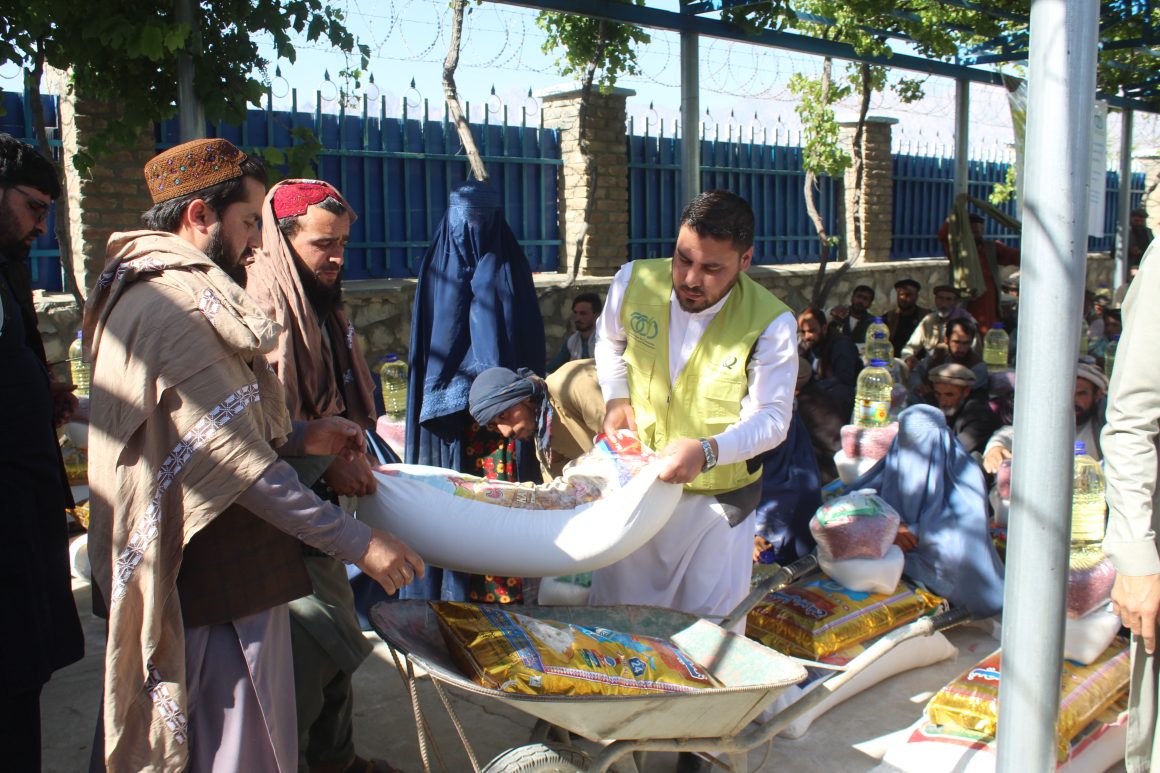Poverty is a national and international challenge. Almost two million people suffer from the poverty phenomenon across the world. Unfortunately, Afghanistan has been recognized as the second poor country after Somalia in the world. Especially recently, the poverty wave becomes wide day by day due to the United Nations warning regarding the probability of human catastrophe that 19 million Afghans do not have food security and 98 percent of Afghanistan’s households might go under the poverty line by the end-2022. The current situation in Afghanistan indicates poverty and hunger crises.
Furthermore, poverty and hunger are the bitter stories of the Afghan people who have been fighting this crisis for a long time. Especially, after the fall of the previous government and the presence of the Taliban, citizens are more helpless than ever in providing for their basic needs.
However, many factors have contributed to the crisis, including long-term drought, water scarcity shortages, and most importantly, recent political changes and internal strife. In other words, the re-emergence of the Taliban, in addition to reducing hope and motivation for life among the people, displaced thousands of families and made them homeless, and most people have lost their jobs and their source of income.
In this way, the way for people to earn money is more closed than before. Those who were busy with work have lost their jobs; therefore, each of them increases poverty and hunger among the people, and all of them create a crisis that requires serious action by the Taliban and the international community.
Humanitarian Emergency Response implemented by OCCD and funded by GNI-A is one of the effective projects for needy families to provide them, with their basic needs.
Based on the project work plan several coordination and meetings took place in Kapisa Province and Kohband district with stakeholders and CDCs which led us to identify the most vulnerable families affected by poverty, we surveyed 356 families but we could only select them only 219 families among them.
Every vulnerable family received one food package which include, Wheat Flour 50 Kg, Rice 23.5 Kg, Vegetable Oil 5 Lit, beans 7 Kg, Salt 1 Kg, and Sugar 6 Kg.


